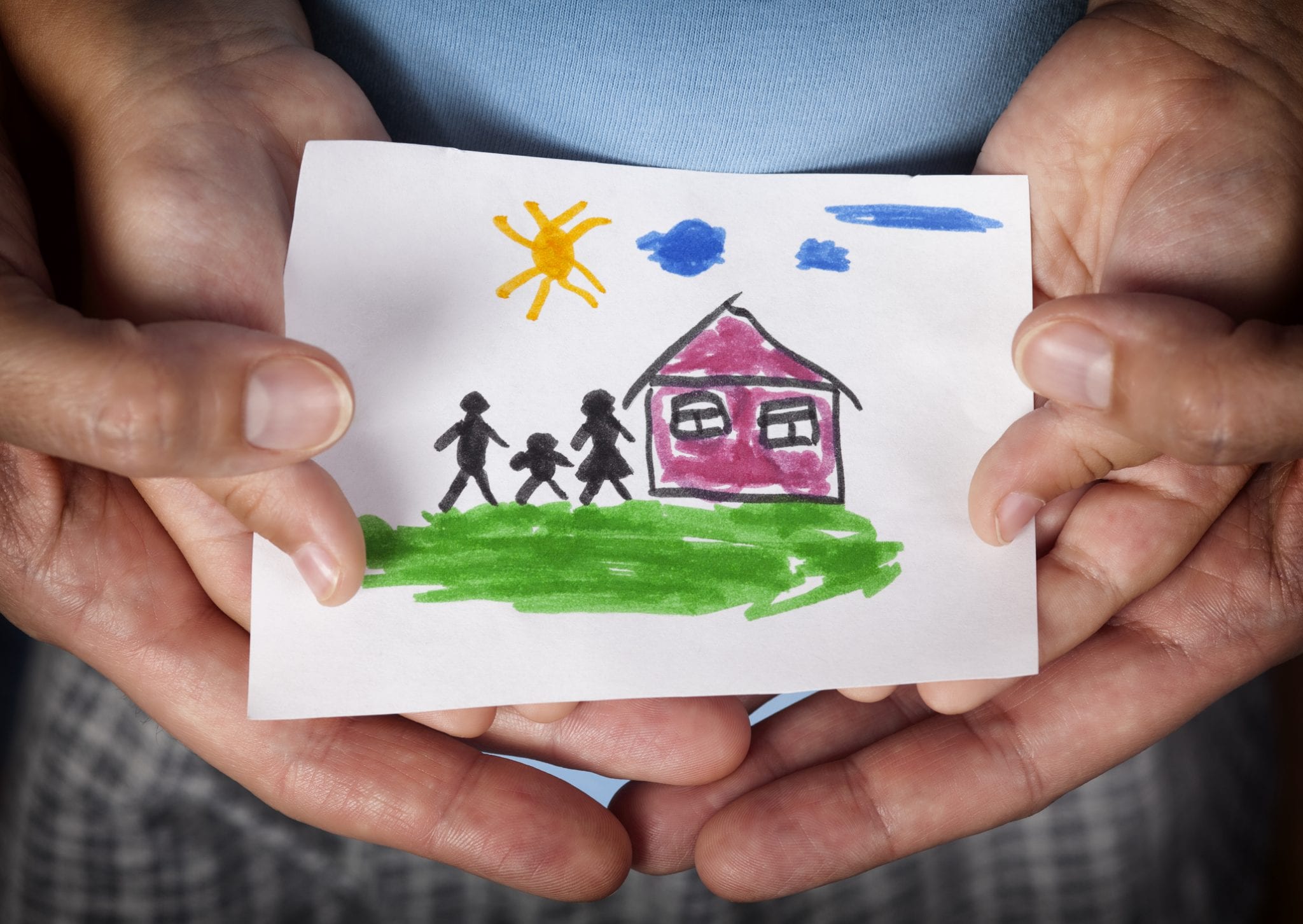Growing your family is a huge decision. It’s often time-intensive, requires planning, and welcomes a new little person for whom you’re completely responsible. No big deal, right?! These considerations are the case for becoming a parent through adoption as well. In this article, we’ll explore steps you can take when considering adopting a child.
Considering Adoption: A Step-by-Step Guide
Here are some actionable steps to take toward realizing your dream of growing your family through adoption:
1. Do Your Research
Like any other parenting decision you’ll make, research is key. You should be sure the decisions you’ll make during this process will benefit the child(ren) you intend to adopt and the other family members.
What needs are you comfortable with the child having? Which ones are you not prepared for? Children awaiting adoption in any setting usually have at least minor correctable (or manageable) needs, whether they are physical or emotional. These are not reasons to not consider adoption. Instead, there are things to be aware of when considering growing your family this way. Once you’ve made this decision and have discussed it with your partner or support system, decide whether or not you’d like to pursue domestic or international adoption.
Domestic Adoption Is Varied
Many children in the United States await a loving forever family, but adopting domestically is varied! You can pursue foster-to-adoption through your local Department of Health and Human Services office. According to the AdoptUSKids website, “Though it is possible to adopt a baby from foster care, the children who are available for adoption generally range from toddler to 21. The median age is 8 years old.”1
You could also consider adopting a legally freed child, meaning they will not be reunited with their birth parents.2 The mission of the United States DHSS is usually family reunification. Still, the reality of this often leads to heartbreak for many foster parents who desire to adopt the children they are fostering. Despite this, approximately half of foster care children will be adopted by their foster parents or another relative.
Another avenue to adopt in the United States would be birthmother adoption. This route of growing your family is done through a private agency, not through the government, and usually requires more financial investment. Though not always the case, birthmother adoption means you will be with your new child within a few days of their birth—this is always an exciting prospect for parents interested in adopting a baby!
International Adoption
Intensive research is required when deciding where to adopt internationally, but this is a wonderful way to grow your family through adoption. Many countries (as well as the United States) belong to the Hague Convention, which is for the protection of children and cooperation regarding the process of international adoption. It is an international agreement to safeguard inter-country adoptions. Review where the Hague Convention applies here. Though these countries might participate in the HCCH, it does not guarantee you will find an agency to assist with adoption from there.
Understand that each adoption form has unique wait times, costs, requirements, etc. This can vary from country to country and even between states for domestic adoption. Informing yourself when making this choice is the first (and arguably most vital) step to be prepared moving forward.
2. Consider Financing Options
As with most anything else at the beginning of parenthood, adoption requires some financial planning. According to the US Department of Health and Human Services, the adoption of a child from foster care is often funded by the state, and in most cases, there are few or no fees.
Other types of adoption usually cost money. Working with a private agency to adopt a healthy newborn or baby or adopt from another country can cost $5,000 to $40,000 or more, depending upon travel expenses incurred.1 You can often apply for grants or small personal loans to finance an adoption, but many families choose to fundraise. Consider large spaghetti dinners, silent auctions, t-shirt sales, or garage sales to help fund your adoption.
3. Select an Agency
If you are adopting either through private or international avenues, you must find an agency to support you through this process. It is important to find one that shares your values, is compassionate, has clear communication lines that show they are willing to advocate for you and has experience in various situations. International adoption is notorious for encountering issues in foreign courts, but the strain of a situation like this can be significantly lessened with the right agency. There are even agencies that will set up an in-country guide or assistant for when you travel to meet or pick up your new child—talk about customer service! Do not sign any paperwork or hand over deposits until you feel completely satisfied and have asked every question you need to.
4. Home Study
The home study portion of the adoption process is usually filled with anxiety but should not have a scary reputation as it does. Home studies are meant for a licensed agent or social worker to visit you and the other children in your home to assess its safety. A home study is required for every adoption, whether it is an international or domestic adoption. This is meant to provide a basic overview of your life – including criminal background checks, your finances, and even your personal relationships. To learn more about the home study process (and how to prepare for it), visit here to know what you’ll need to do to prepare.
5. Figure Out Logistics
This is another example that demonstrates that the only real difference in growing your family through giving birth or adoption is the physical act of doing so: adoption requires planning and logistics like a biological birth does (see: 5 ways to prepare for your adoption)! Check with your employer about maternity leave and paternity leave, talk with your insurance about adding another member to your family, and throw a shower (or blessingway!) to welcome the new little one, and understand that the journey you are about to embark upon will be a beautiful one: and the result of welcoming a new child (or children) will be worth any amount of difficulty faced along the way.
People often regard adoption as something that other people do but not something they could consider themselves. The fact is that millions of children worldwide need not a perfect parent or home but a loving one, and you could be that person for them. Adopting one child does not change the world, but it does change the world for that one child.













